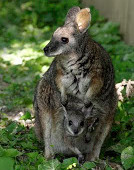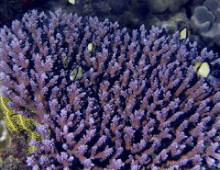Toward a Better Understanding of Soil-Microbe Interactions
In the August 2011 issue of the Journal of Bacteriology, a team of researchers led by DOE JGI’s Patrick Chain at Los Alamos National Laboratory focused on a microbe that can help or harm as the case may be. Ochrobactrum anthropi thrives in a variety of habitats including polluted soil, plants and even higher mammals…. [Read More]

